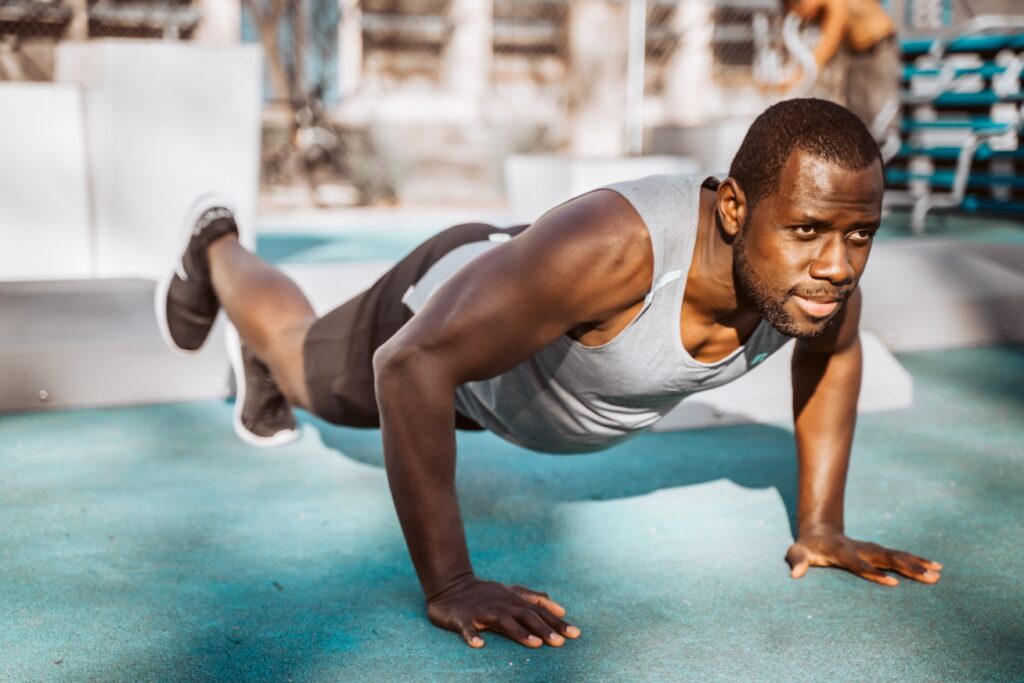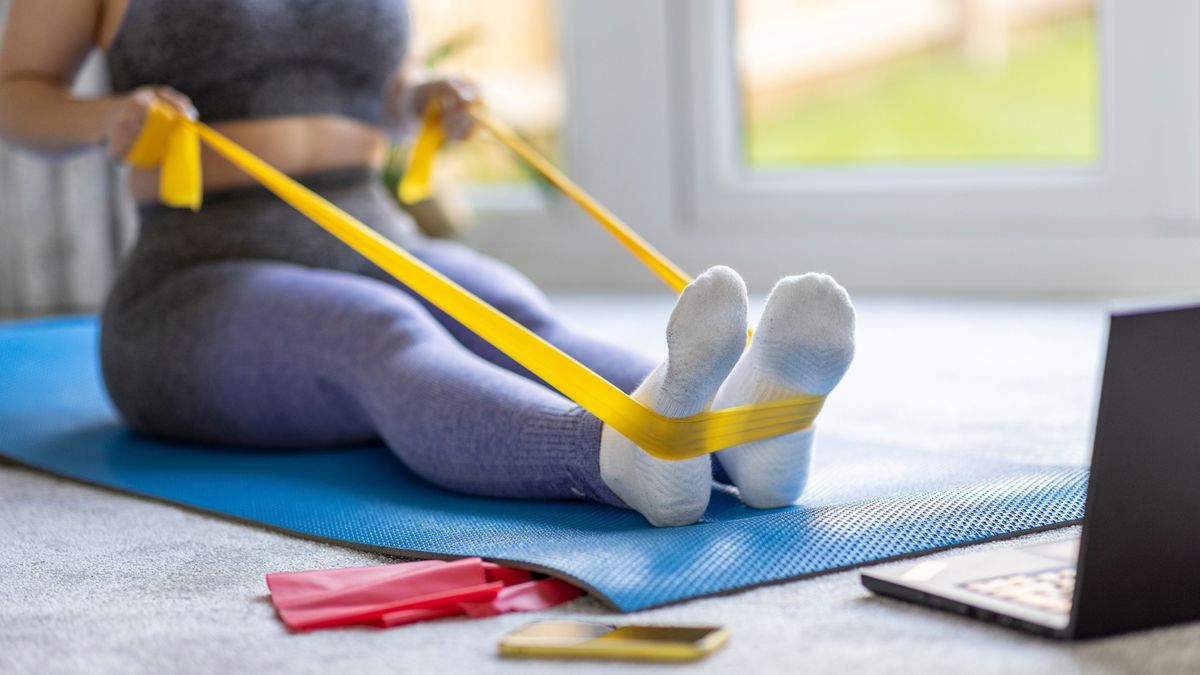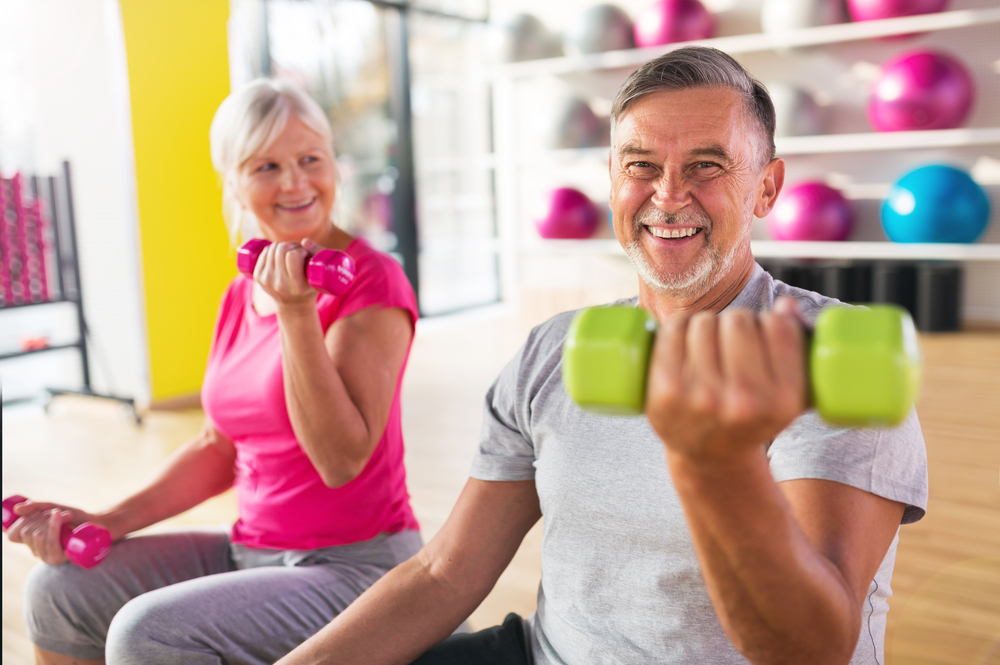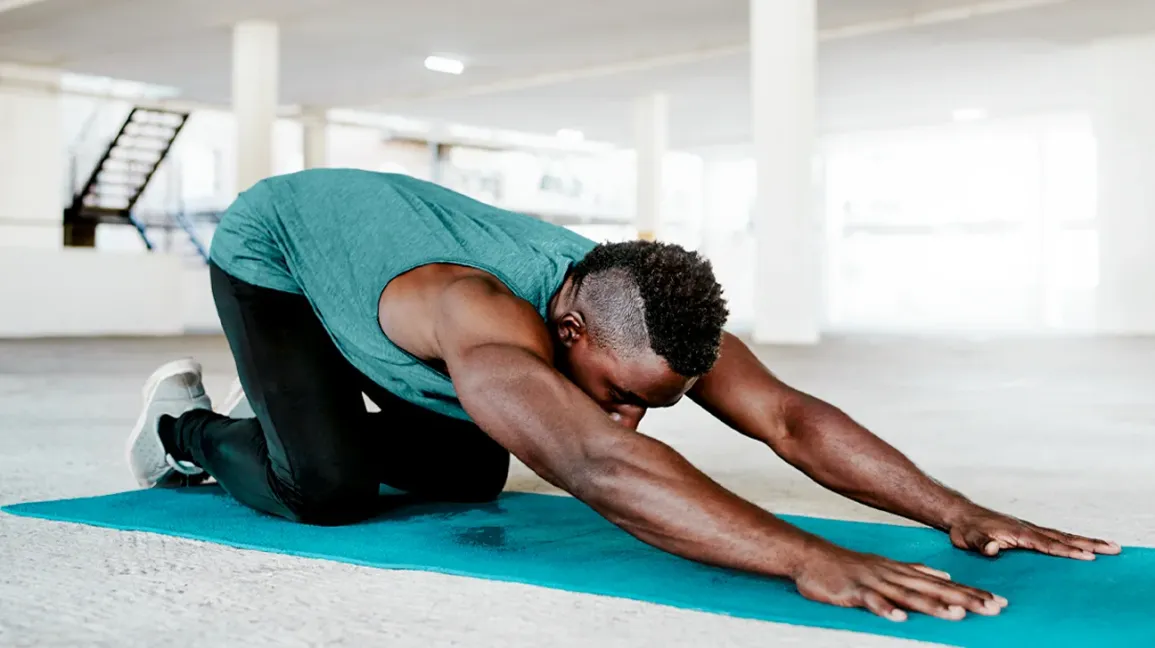Living with arthritis doesn’t mean you have to give up on staying active and maintaining your fitness goals. In fact, regular exercise is one of the most powerful tools for managing arthritis symptoms and improving your quality of life. While joint pain and stiffness might make the idea of working out seem daunting, the right approach to exercise can actually reduce pain, increase flexibility, and strengthen the muscles that support your joints.
The key to successful arthritis management lies in understanding that movement is medicine. When joints are stiff and painful, it’s natural to want to avoid physical activity, but this approach can actually worsen symptoms over time. Weak muscles put more stress on joints, creating a cycle of pain and decreased mobility. However, with the right exercises and modifications, you can break this cycle and reclaim your active lifestyle.
Exercise offers numerous benefits for people with arthritis, including reduced joint pain, improved flexibility, enhanced muscle strength, better balance, and increased energy levels. Regular physical activity also helps with weight management, which is crucial for reducing stress on weight-bearing joints, and promotes better sleep quality and mood. The goal isn’t to run marathons or lift heavy weights – even moderate exercise can make a significant difference in managing arthritis symptoms and maintaining independence.
This comprehensive guide will explore the best arthritis-friendly workouts, provide practical tips for exercising safely with joint pain, and help you develop a sustainable fitness routine that works with your condition, not against it. Whether you’re newly diagnosed or have been managing arthritis for years, these evidence-based strategies will help you stay active and feel your best.
Understanding the Benefits of Exercise for Arthritis

Regular exercise provides multiple therapeutic benefits for people with arthritis that extend far beyond general fitness. Exercise helps with joint lubrication and nourishment, delivering essential nutrients to cartilage while removing waste products that can contribute to inflammation. This natural lubrication process is crucial for maintaining joint health and reducing stiffness.
Pain Management and Inflammation Reduction
One of the most significant benefits of exercise for arthritis is its ability to reduce pain naturally. Regular physical activity strengthens the muscles around joints, providing better support and reducing the load on the joints themselves. This improved muscle strength acts as a natural absorber, helping to protect joints from excessive stress during daily activities.
Exercise also promotes the release of endorphins, the body’s natural pain-relieving chemicals, which can help manage chronic arthritis pain more effectively than relying solely on medications. Additionally, gentle movement helps reduce inflammation by improving circulation and promoting the removal of inflammatory substances from affected joints.
Improved Joint Function and Flexibility
Maintaining and improving range of motion is essential for people with arthritis. Exercise enhances joint function by keeping joints moving through their full range of motion, preventing the stiffness and contractures that can develop when joints remain immobile for extended periods. Regular stretching and range-of-motion exercises help maintain flexibility and prevent the progressive loss of joint mobility that often accompanies arthritis.
Low-Impact Cardiovascular Exercises
Cardiovascular exercise is essential for health and can be particularly beneficial for people with arthritis when done correctly. The key is choosing low-impact activities that provide cardiovascular benefits without placing excessive stress on joints.
Water-Based Activities
Swimming and water aerobics are among the best cardiovascular exercises for people with arthritis. The buoyancy of water supports body weight, reducing stress on joints while providing resistance for muscle strengthening. Water walking is an excellent starting point for beginners, allowing you to get cardiovascular benefits while the water supports your joints and provides gentle resistance.
Water exercises also offer the advantage of hydrostatic pressure, which can help reduce swelling and provide a natural compression effect that many people with arthritis find soothing. The warmth of heated pools can also help relax muscles and reduce stiffness before and during exercise.
Walking and Cycling
Walking remains one of the most accessible and effective forms of exercise for people with arthritis. It’s low-impact, requires no special equipment, and can be easily modified based on your fitness level and joint comfort. Start with short distances and gradually increase duration and intensity as your endurance improves.
Stationary or recumbent bicycling provides excellent cardiovascular benefits while minimizing joint stress. The seated position reduces weight-bearing stress on hips and knees, while the smooth, circular motion is gentle on joints. Outdoor cycling can also be beneficial, but ensure you choose flat routes and avoid terrain that might jar your joints.
Strength Training for Joint Support

Resistance Band Exercises
Resistance bands offer an excellent way to build strength without the jarring impact of heavy weights. They provide variable resistance that increases as the band stretches, allowing for a more controlled and joint-friendly workout. Resistance bands are also portable and versatile, making them perfect for home workouts or travel.
When using resistance bands, choose ones with foam handles or add foam pipe insulation to create comfortable grips that are easier on arthritic hands. Start with lighter resistance and gradually progress as your strength improves.
Bodyweight Exercises
Simple bodyweight exercises can be highly effective for building strength while being gentle on joints. Seated leg raises help build quadriceps strength, which is essential for knee stability. Wall push-ups provide upper body strengthening without the stress of traditional floor push-ups.
Chair exercises are particularly beneficial for people with limited mobility or severe joint pain. These exercises can target multiple muscle groups while providing the support and stability of a chair for safety and comfort.
Flexibility and Range-of-Motion Exercises
Gentle Stretching Routines
Simple stretching exercises can be performed anywhere and require no special equipment. Toe reaches help improve flexibility in the back and legs – sit with legs extended and reach toward your toes, holding for 10-20 seconds. Single knee-to-chest stretches help loosen the back, hip, and knee joints while lying comfortably on your back.
Double hip rotations improve hip flexibility and can help with walking ability. This exercise involves slowly moving both knees to one side while rotating the head in the opposite direction, creating a gentle spinal twist that promotes flexibility.
Mind-Body Exercises
Tai chi and yoga are excellent options for people with arthritis, combining gentle movement with mindfulness and stress reduction. These practices focus on slow, controlled movements that improve balance, flexibility, and strength while promoting relaxation and mental well-being.
Tai chi, in particular, has been shown to be beneficial for people with arthritis, as its slow, flowing movements are easy on joints while improving balance and reducing fall risk. Many communities offer tai chi classes specifically designed for people with arthritis or chronic conditions.
Creating Your Arthritis Exercise Plan

Getting Started Safely
Before beginning any exercise program, consult with your healthcare provider or a physical therapist who can help design a program specific to your type of arthritis and affected joints. They can also teach you proper form and help you recognize the difference between normal exercise discomfort and pain that signals potential injury.
Begin with short sessions of 10-15 minutes and gradually increase duration as your fitness improves. The goal is to work up to 150 minutes of moderate aerobic activity per week, but this can be broken down into manageable 10-minute sessions if needed.
Managing Exercise and Arthritis Flares
During arthritis flares, you may need to modify your exercise routine but shouldn’t stop moving entirely. Focus on gentle range-of-motion exercises or water-based activities during flare-ups. The key is to keep joints moving while avoiding activities that increase pain or inflammation.
Use heat therapy for 20 minutes before exercise to help relax joints and muscles, and apply ice for 20 minutes after exercise to reduce any inflammation. This combination can help make exercise more comfortable and reduce post-exercise soreness.

